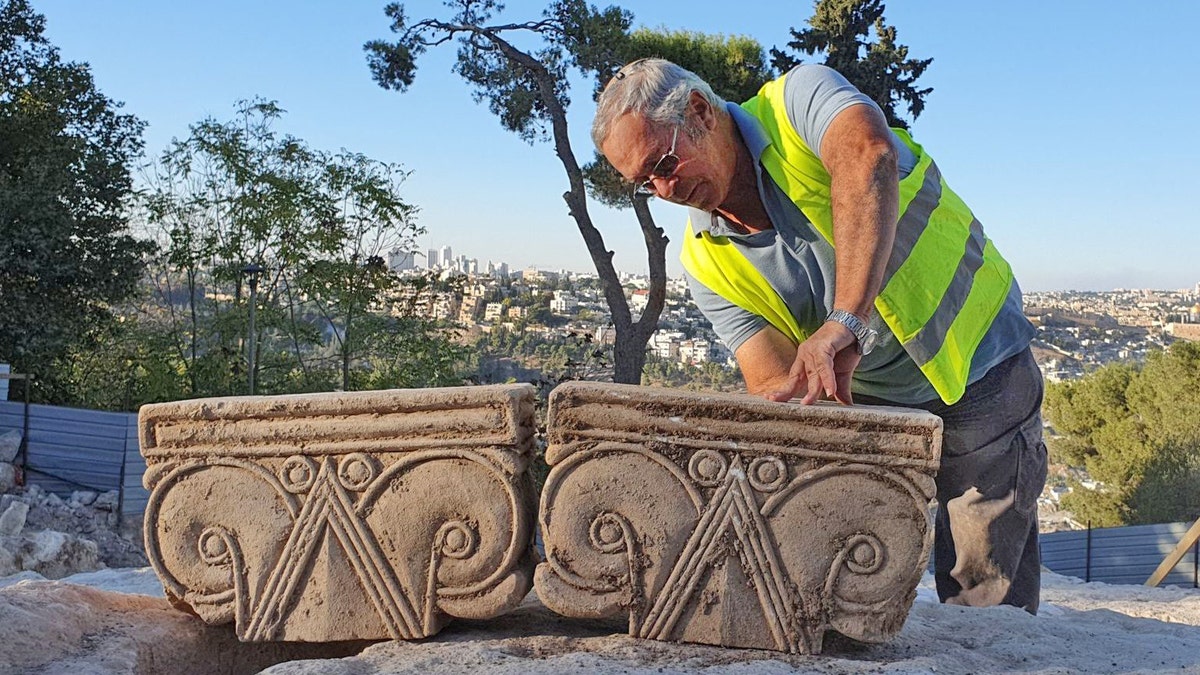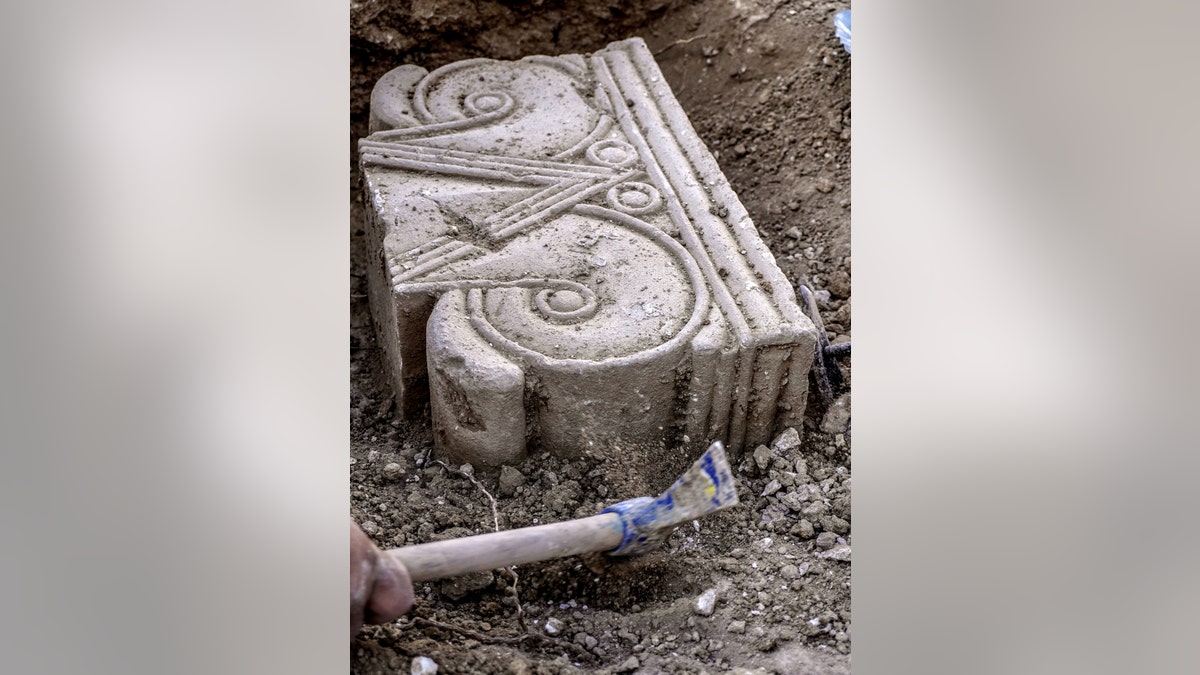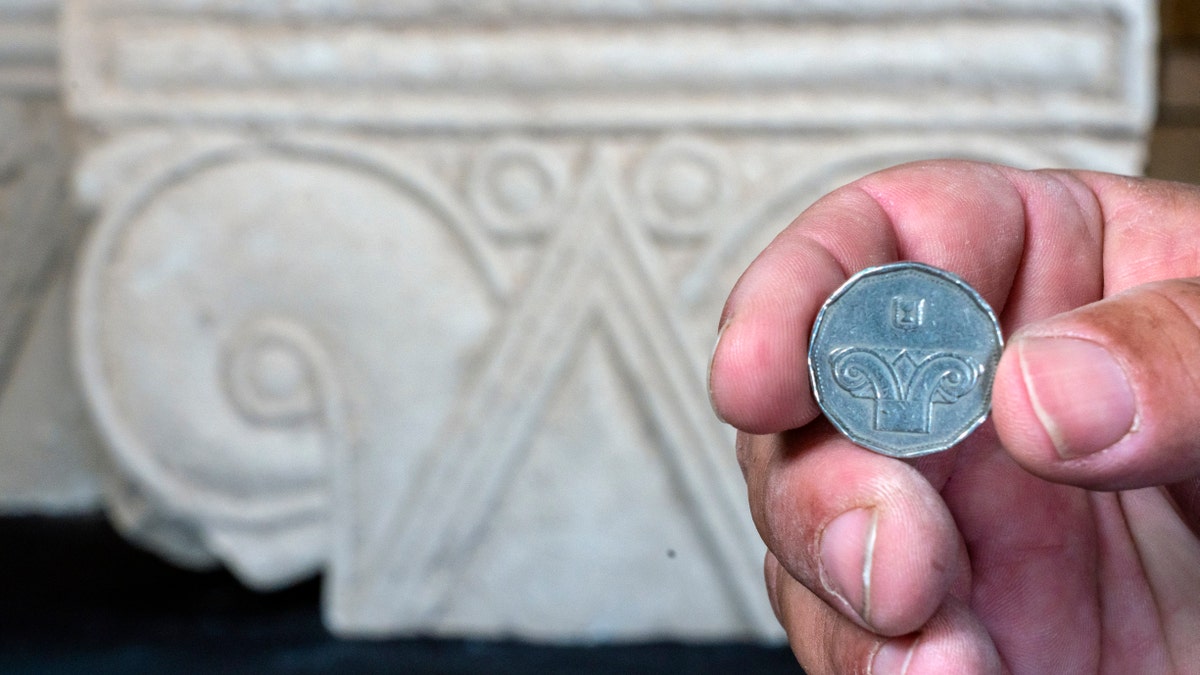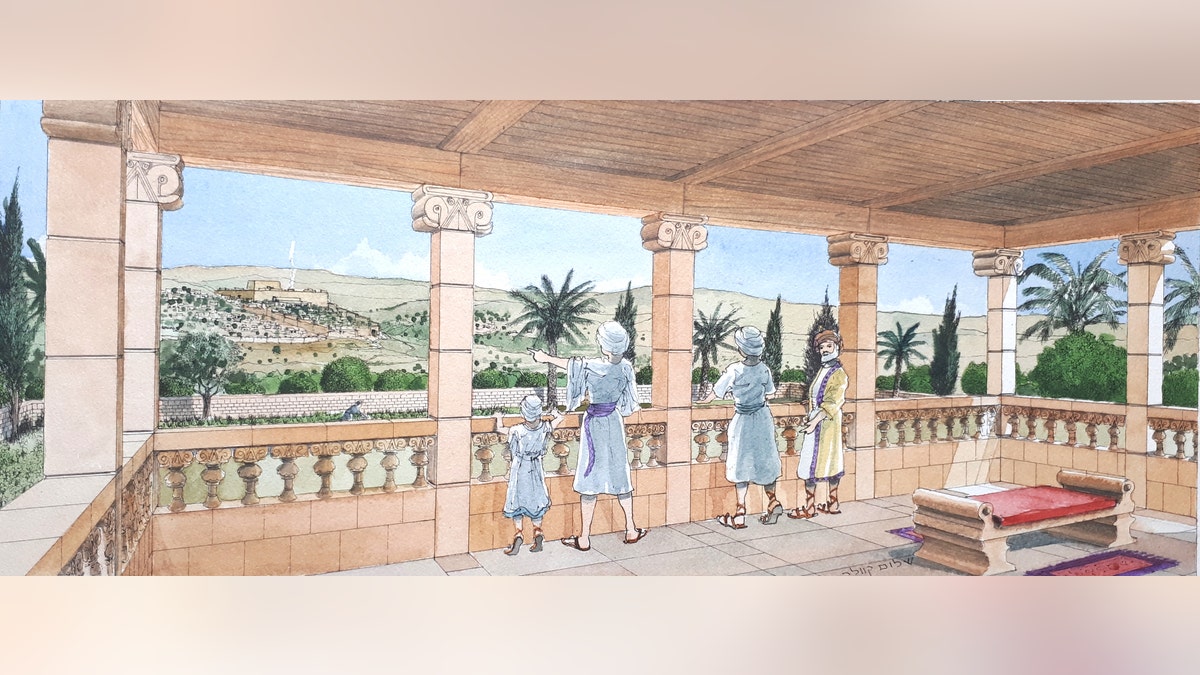Fox News Flash top headlines for September 5
Fox News Flash top headlines are here. Check out what's clicking on Foxnews.com.
Archaeologists in Israel have uncovered parts of elaborate columns from an ancient royal structure in Jerusalem.
The capitals, which form the topmost part of the columns, were discovered with other artifacts during an excavation at the Armon Hanatziv promenade in Jerusalem. The finds date from the First Temple period, which lasted from 960 B.C. and 586 B.C., according to the Israel Antiquities Authority.
“These stone artifacts are made of soft limestone, with decorative carvings, and among them are capitals of various sizes in the architectural style known as 'Proto-Aeolian' - one of the most significant royal building features of the First Temple period, and one of the visual symbols of the period,” said the Israel Antiquities Authority, in a statement. “The importance of this artistic motif as a symbol representing the Kingdoms of Judah and Israel led the Bank of Israel to choose it as the image that adorns the five shekel coin of the State of Israel.”
BIBLICAL-ERA FORTRESS DISCOVERED IN ISRAEL
Yaakov Billig, director of the Israel Antiquities Authority’s excavation, thinks that the structure, which has been described as “magnificent,” was likely built between the times of the Biblical kings Hezekiah and Josiah. The site may have been part of rebuilding efforts by King Hezekiah following the Assyrian siege of Jerusalem in 701 B.C.

The Director of the excavation, Yaakov Billig, with the capitals. (Photo: Yoli Schwartz, Israel Antiquities Authority)
Three medium-sized stone capitals were discovered during the excavation, along with items from lavish window frames, according to officials. The findings were unveiled last week.
Unusually, two of the three column capitals were found stacked on top of each other. "At this point it is still difficult to say who hid the capitals in the way they were discovered, and why he did so, but there is no doubt that this is one of the mysteries at this unique site, to which we will try to offer a solution," said Billig in the statement.
HIDDEN UNDERGROUND CHAMBERS DISCOVERED NEAR WESTERN WALL IN JERUSALEM
The find has sparked speculation that the building may once have belonged to one of the kings of Judah or a prominent family in ancient Jerusalem.

The capital is excavated from the ground. (Photo: Shai Halevi, Israel Antiquities Authority)
Experts think that the rest of the building was likely destroyed around the time of the Babylonian destruction of Jerusalem in 586 B.C.
The excavation was funded by Israel’s Ministry of Tourism, the Jerusalem Municipality and the City of David Foundation.
ANCIENT CANNABIS AND FRANKINCENSE DISCOVERED AT BIBLICAL-ERA SHRINE IN ISRAEL
Israel continues to reveal new aspects of its rich history. A 3,200-year-old fortress, for example, was recently discovered in southern Israel.

An Israeli five-shekel coin against the background of the capital discovered. (Photo: Yaniv Berman, Israel Antiquities Authority)
In a separate project, an ancient soap factory was discovered in the Negev desert. Material on the altars of an ancient shrine was also recently found to include cannabis and frankincense.
In another project, hidden underground chambers dating back 2,000 years were recently discovered near the Western Wall in Jerusalem.
ANCIENT SOAP FACTORY DISCOVERED IN ISRAEL

Artist's impression of the royal estate that stood in Armon Hanatziv, Jerusalem. (Illustration: Shalom Kveller, City of David Archives)
A 6-year-old boy in Israel also recently discovered a 3,500-year-old clay tablet depicting an ancient captive and his captor.
CLICK HERE TO GET THE FOX NEWS APP
In another project, an Iron Age temple complex discovered near Jerusalem is shedding new light on an ancient biblical city.
Follow James Rogers on Twitter @jamesjrogers





















